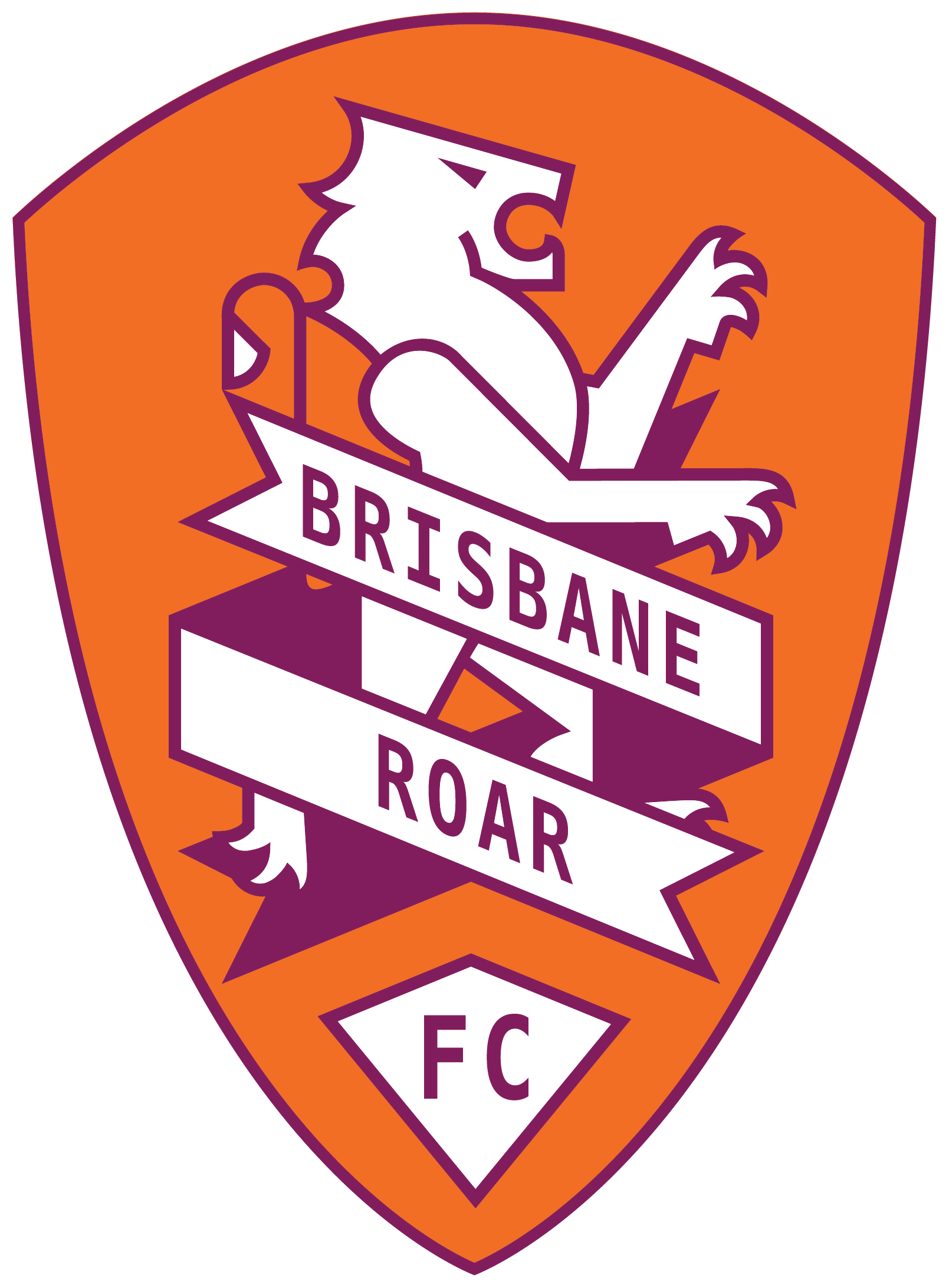Craig Johnston wasn’t the first Aussie to play overseas but he was our first genuinue superstar. Now he’s back to kick off the Johnston Academy, it’s time we welcomed him home.
To those of a certain vintage, Craig Johnston will always be the great pioneer. Not the first Australian to play abroad. Among others, the likes of Joe Marston, Ken Grieves, Ray Baartz and Rene Colusso beat him to the punch – some by years, others by decades. James Jackson beat him by almost a century.
Nor was he the first Australian to play for a major club. Glasgow Rangers and Newcastle United were important teams during Jackson’s career at the turn of the 19th century.
Preston North End were a big deal during Marston’s era, reaching an FA Cup final. Manchester United were building a team to win the European Cup while Baartz was toiling away in the second team. John Kosmina was in the first team squad at Arsenal at roughly the same time Johnston was finding his feet at Middlesbrough.
What makes Johnston different – what makes him stand out – is that he managed to transcend the “Cone of Silence” that ring-fenced the game. The achievements of the aforementioned were largely a well-kept secret. Not Johnston. He became Australian football’s first bona-fide superstar.
The player Jack Charlton once described as the worst player he’d ever seen had the last laugh with his transfer to Liverpool, where he subsequently shared in some of the triumphs of arguably the Reds’ greatest era. Erudite, effervescent, and energetic, he was perfectly equipped to deal with whatever fame came his way.
On the back of his move to Anfield, Johnston was chosen as one of the faces of the landmark Toohey’s commercials, figured in a famous Sixty Minutes interview with George Negus, was used occasionally as a football pundit by ABC-TV, and featured regularly in glossy magazines, sometimes photographed next to a flash car, which bore the number plate “ROO 1”.
By the time he retired prematurely at the age of 28 – not because he wasn’t wanted by Liverpool, but because he wanted to help his family through the trauma, which followed a serious accident suffered by his sister – “CJ” was as big a household name as any rugby league, cricket, swimming, rugby union or AFL star. Football here gained immeasurably from the reflected glory.
But while Johnston was proudly Australian, he never played for Australia. Instead he chose to pursue an international career with England, the birthplace of his father Colin.
We’ll never know if Johnston might have been the missing link when the Socceroos were just squeezed out of the 1986 World Cup by Scotland. I suspect he would have been. What we can say is that his decision not to wear the green and gold has come to define his place in the Australian game.
The same, of course, could be said of players like Tony Dorigo and Josip Simunic, who also chose to represent other nations. The difference is Johnston has regretted his decision ever since. He wishes he could turn back the clock, but he can’t. And it hurts.
Periodically – and his visits home have become more frequent – he has tried to make amends. Mostly, those attempts to mend fences have been spurned. Les Scheinflug once shooed him away from the Young Socceroos players during the 1991 World Youth Championships in Portugal. His relationship with the governing body has generally been strained.
But if time heals all wounds, then it’s time to bring Johnston in from the cold. Not to revise history, but to acknowledge the present, and perhaps build for the future. Spend time with Johnston and one thing is abundantly clear.
He has an enormous passion, and an enormous drive, to contribute something meaningful. He’s got a head full of ideas, a global list of contacts, and an intuitive sense of where Australia could fit into the world game. And the older he gets, the more enthusiastic he becomes.
This week, he will be back where it all started to drive a stake into the ground. Two tennis courts on the grounds of Lake Macquarie High School will be the starting point for the Johnston Academy – a skills-based program he has tried repeatedly, and unsuccessfully, to get sanctioned over many years.
Across the bridge at Speers Point, there’s a brick wall he used to work on his touch as a youngster. That Johnston, Brett Cowburn, Malcolm McClelland and Peter Tredinnick – schoolmates from what was then known as Booragul High – all went on to have successful careers suggests the brick wall worked.
Simple exercises, performed repeatedly, against the clock, are the basis of Johnston’s methodology. Having failed to find support anywhere else, he’s going back to his old school to put his theories into practice. They’ve welcomed him with open arms. Maybe the rest of us should do likewise. It’s time.




